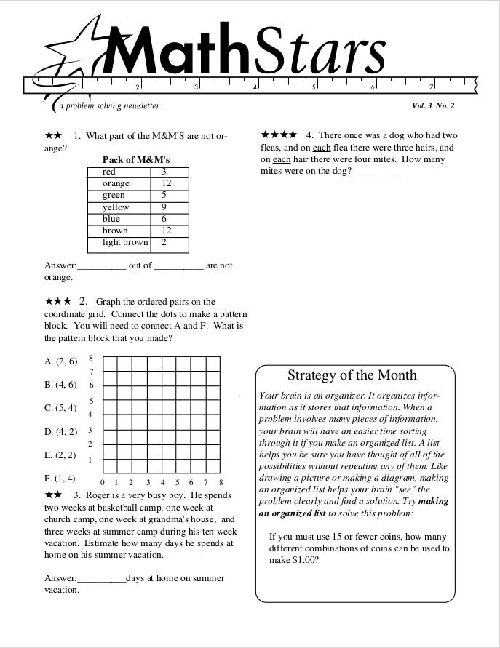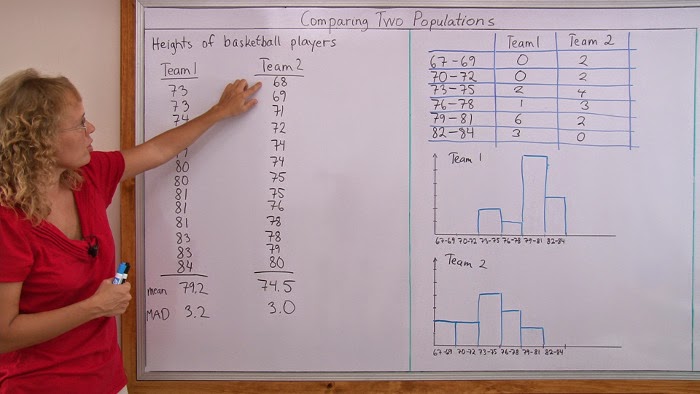 Maria's Math News, May 2015 |
|
Hello!
A mixed bag with even some silly stuff this time... be sure to check out the Math Stars for summer math or just for problem solving fun! ~Maria
|
|
Advertisement
Online Reading & Writing Enrichment! 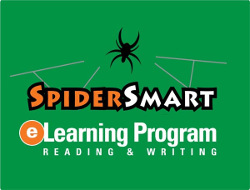 · Vocabulary Building
· Vocabulary Building· Reading Comprehension · Essay Writing Starting at $25/month For grades 3-12 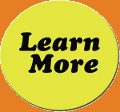
|
1. Math Mammoth newsI will be running a sale soon — in the latter part of May! Stay tuned!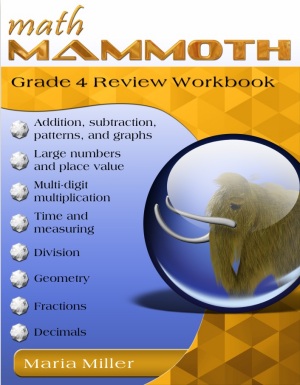 For summer math, consider Math Mammoth review workbooks! For summer math, consider Math Mammoth review workbooks!
The workbooks are intended to give students a thorough review of the particular grade level math. Each book has both topical as well as mixed (spiral) review worksheets, and includes both topical tests and a comprehensive end-of-the-year test. The tests can also be used as review worksheets, instead of as tests. The content for these workbooks is taken from the corresponding level of the Light Blue series (the mixed reviews, reviews, tests, and cumulative reviews). Therefore, these workbooks are redundant if you own the complete Light Blue Series. See more & download samples → |
2. Math Stars for summer math and moreI have used Math Stars problem solving sets with my girls for several years, and they have always greatly enjoyed them.Math Stars include various puzzles and challenging math problems. They come as PDF files (free and ready to download & use) in sets for grades 1-8. They're great to use for summer math or for some fun problem solving at any time. I tend to use the problems from one grade level below the grade the student is in. One reason I like these so much is the variety of the problems - geometrical puzzles, number puzzles, logical thinking, etc. -- all of it is included! Another reason is that the sets go all the way from grade 1 upward. There exist actually lots of problem solving resources but not so many for the early grades. Each set per grade has 10 two-page "newsletters", and each "newsletter" has 8-10 problems. The number of stars in each problem marks the level of difficulty. Answers are included. Math Stars Problem Solving Newsletters I hope you enjoy them as much as we have! |
3. Lessons on statisticsIs statistics one of your favorite or least favorite topics in math? :)Well... however you feel about it, in middle school students need to learn some beginnings of statistics, such as how to draw a boxplot, a histogram, or a stem-and-leaf plot, learn about statistical distributions, measures of central tendency (mean, median, and mode), measures of variability, and so on. You can now do so with these videos of mine :^) or with this Youtube playlist. I hope they are of help! |
4. Number Eaters gameHere's a neat little game to practice addition via fact families... Number eaters! My four-year old enjoyed playing it the other day, playing from sums of 2 all the way to sums of 7.Hint: The "practice" mode does not have any "monsters" to try to avoid. http://www.hoodamath.com/games/numbereaters.html You can also play it with subtraction, division, or multiplication, but I feel it naturally suits addition the best. And, equivalent fractions are an option, too. |
6. A nonsensical math questionSome of you might find this interesting... ask your children/students a NONSENSICAL "math" question and see what they come up with.SADLY, many children calculate some kind of a numerical answer. However, like one commenter on that page points out, it could be that they feel they must always give a teacher an answer. Interesting anyway! http://robertkaplinsky.com/how-old-is-the-shepherd/ The "math" (supposedly) problem is, "There are 125 sheep and 5 dogs in a flock. How old is the shepherd?" |
|
That's it this time! I hope you found something helpful. Feel free to forward this issue to a friend/colleague! Subscribe here. Till next month, Maria Miller |
| Topical worktexts | Complete curriculum | Placement tests |
| Math Mammoth freebies | Math Mammoth on Facebook | Newsletter Archives |
